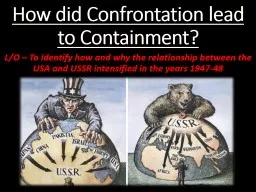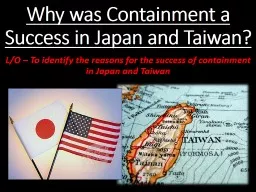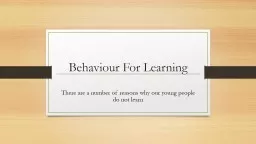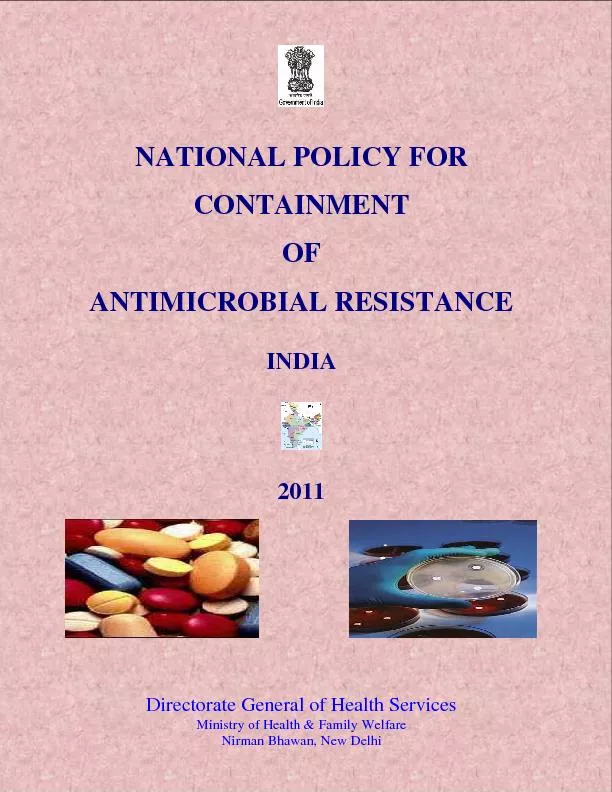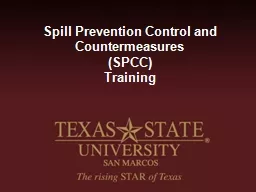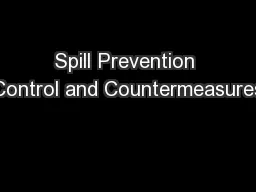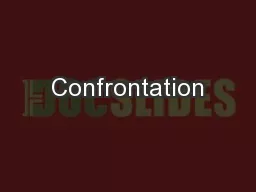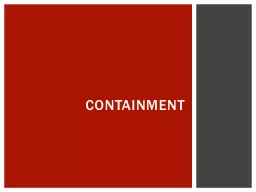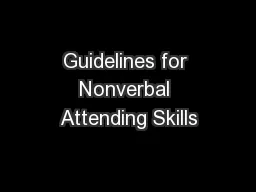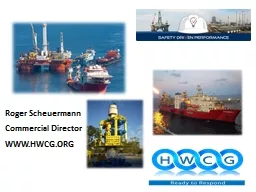PPT-How did Confrontation lead to Containment?
Author : tawny-fly | Published Date : 2018-01-16
LO To identify how and why the relationship between the USA and USSR intensified in the years 194748 Introduction By the end of 1946 the Grand Alliance had broken
Presentation Embed Code
Download Presentation
Download Presentation The PPT/PDF document "How did Confrontation lead to Containmen..." is the property of its rightful owner. Permission is granted to download and print the materials on this website for personal, non-commercial use only, and to display it on your personal computer provided you do not modify the materials and that you retain all copyright notices contained in the materials. By downloading content from our website, you accept the terms of this agreement.
How did Confrontation lead to Containment?: Transcript
Download Rules Of Document
"How did Confrontation lead to Containment?"The content belongs to its owner. You may download and print it for personal use, without modification, and keep all copyright notices. By downloading, you agree to these terms.
Related Documents

